Mongolian Oak
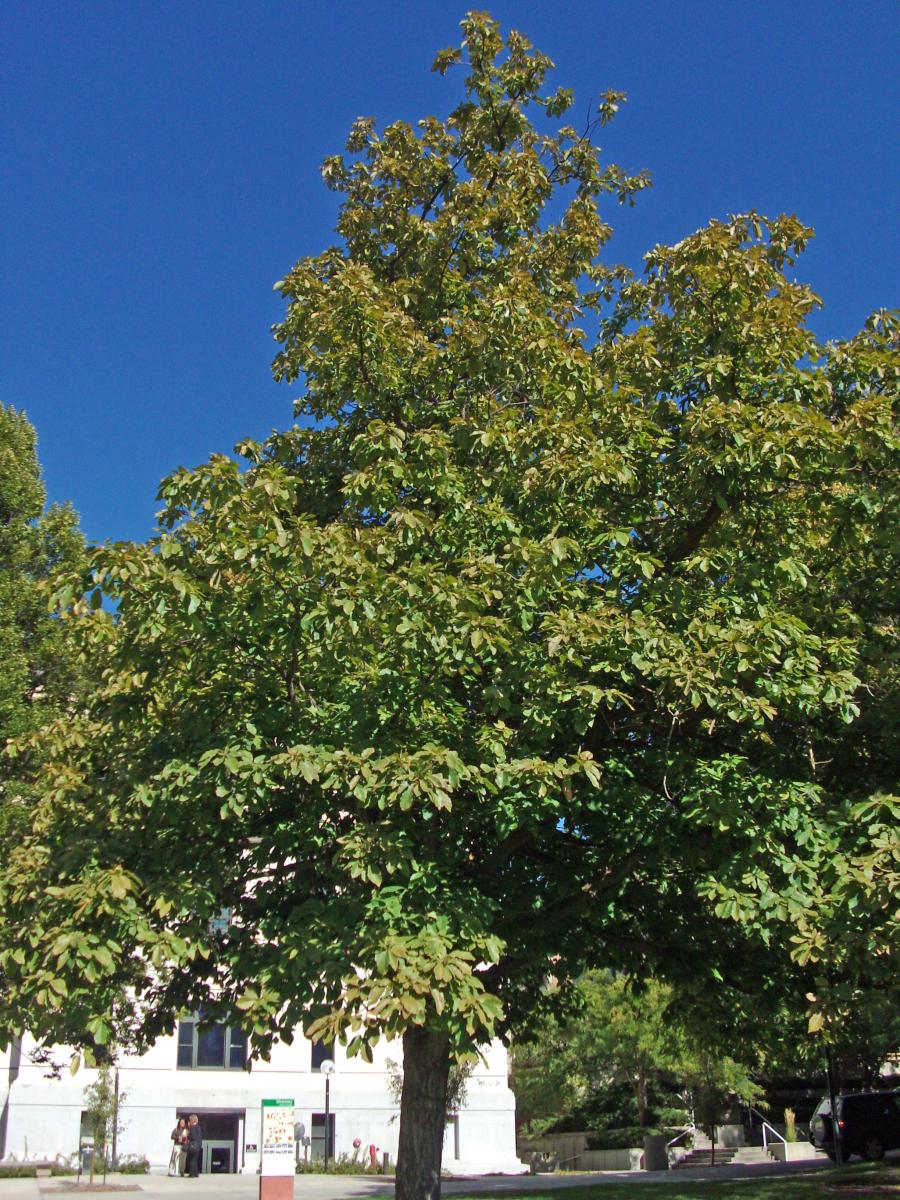
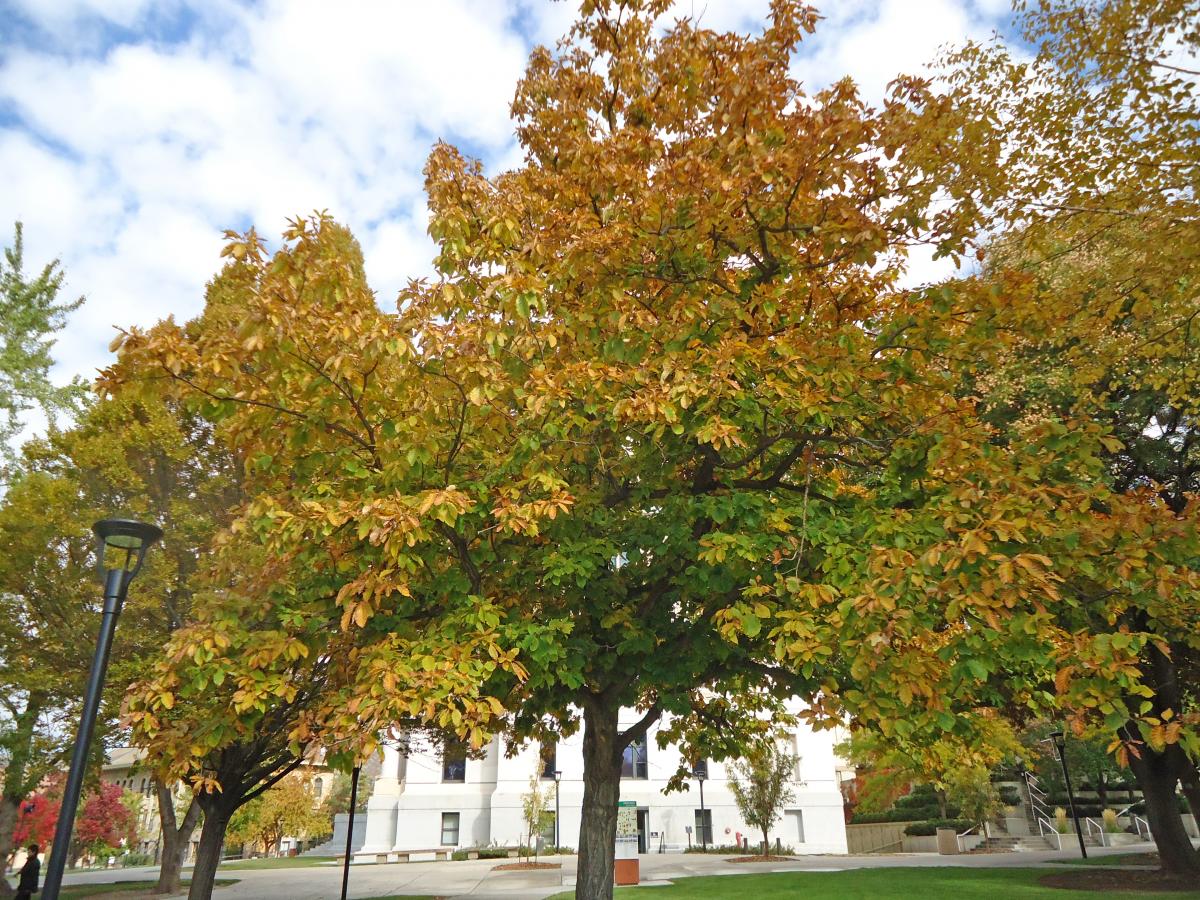
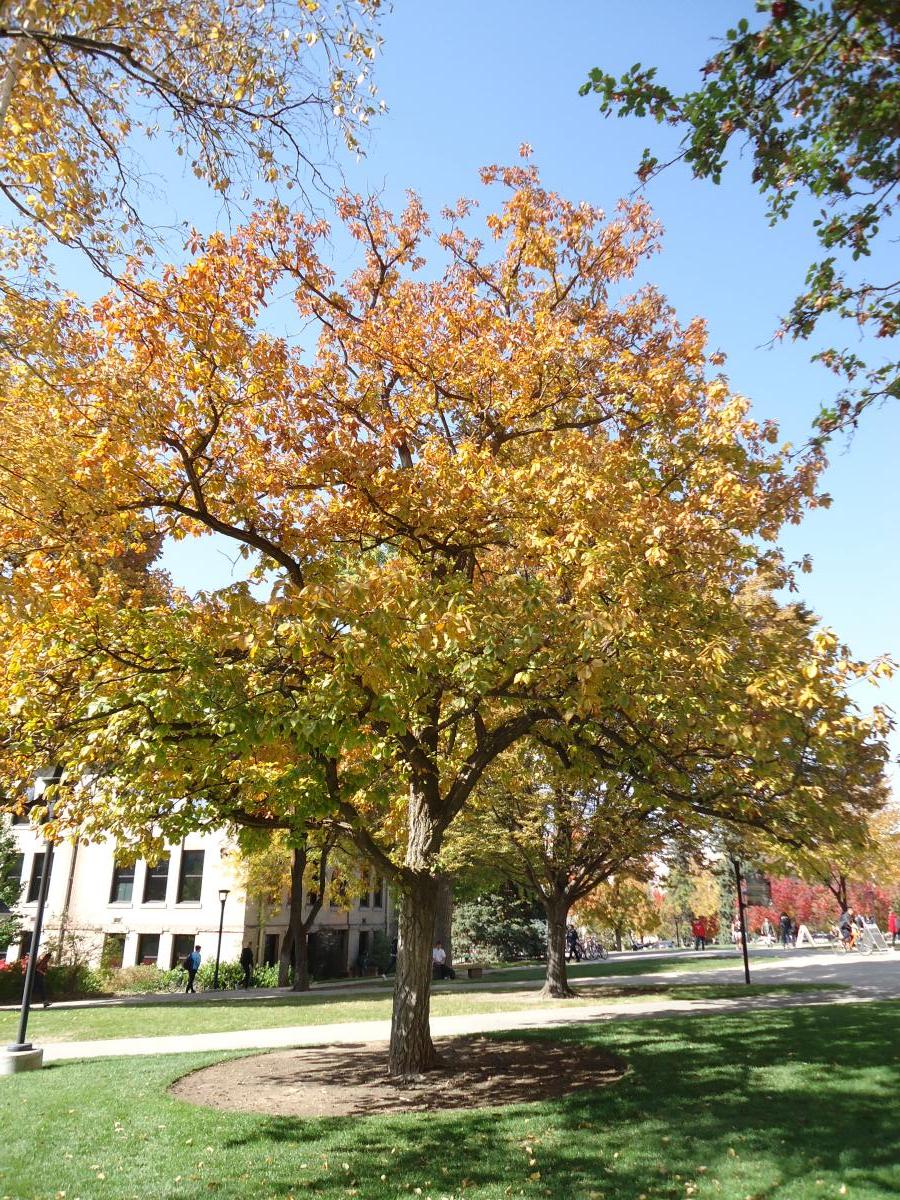
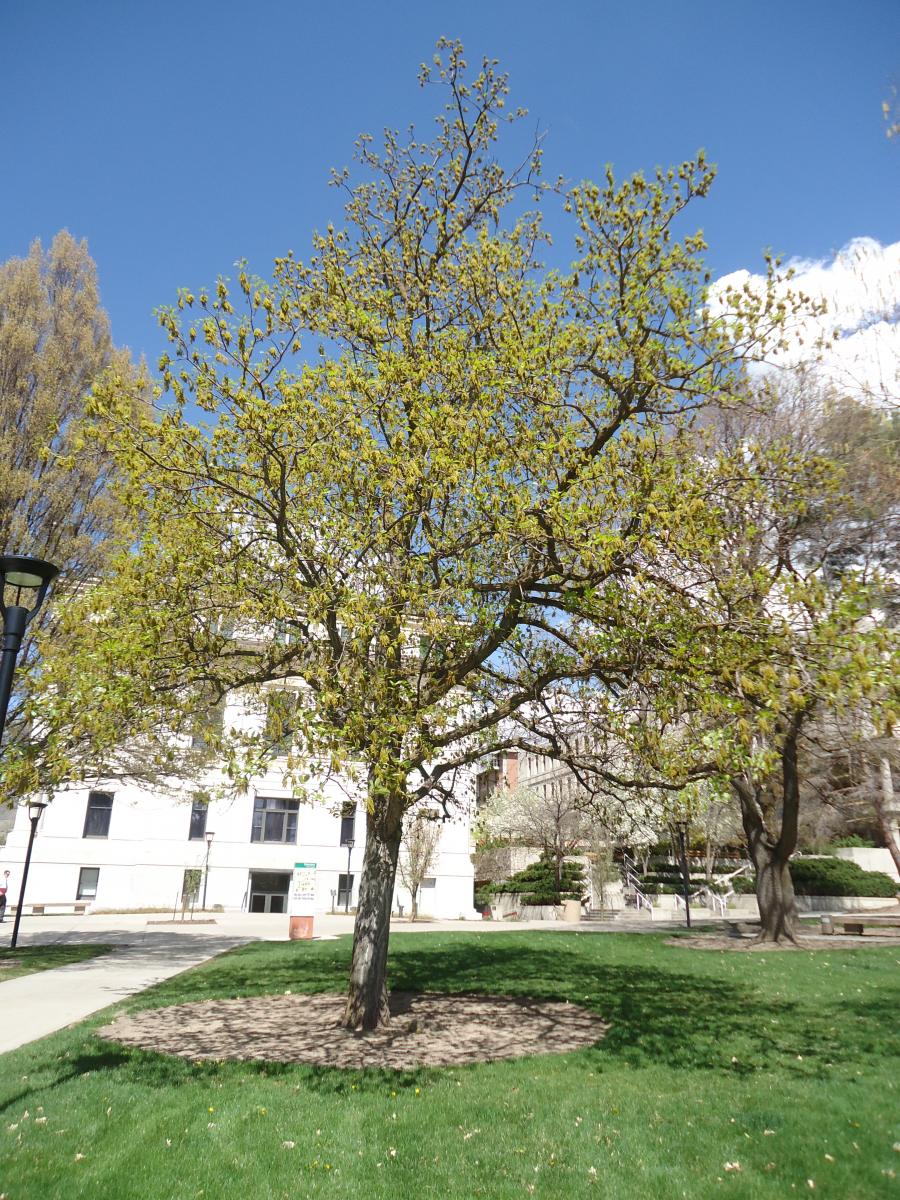
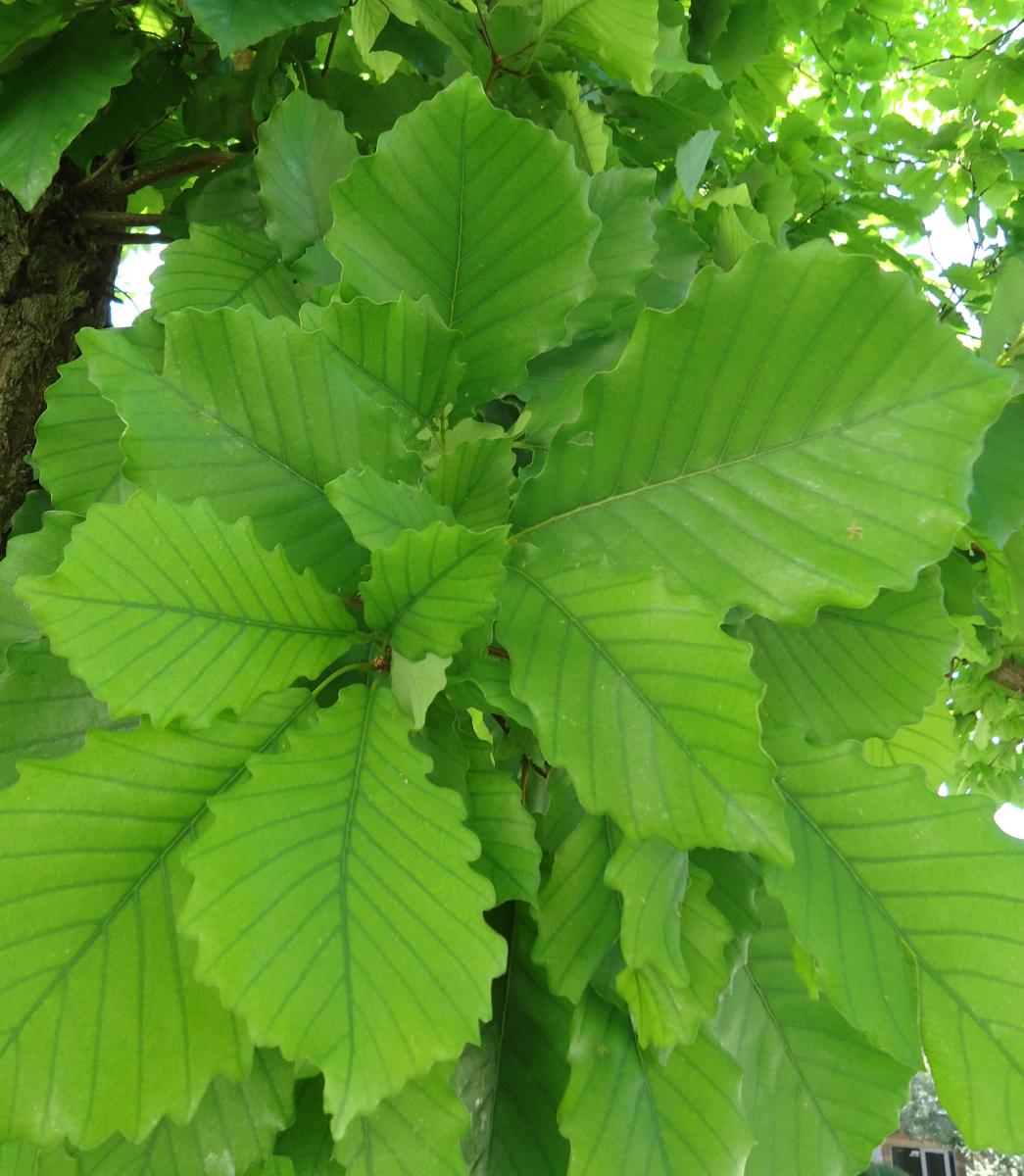




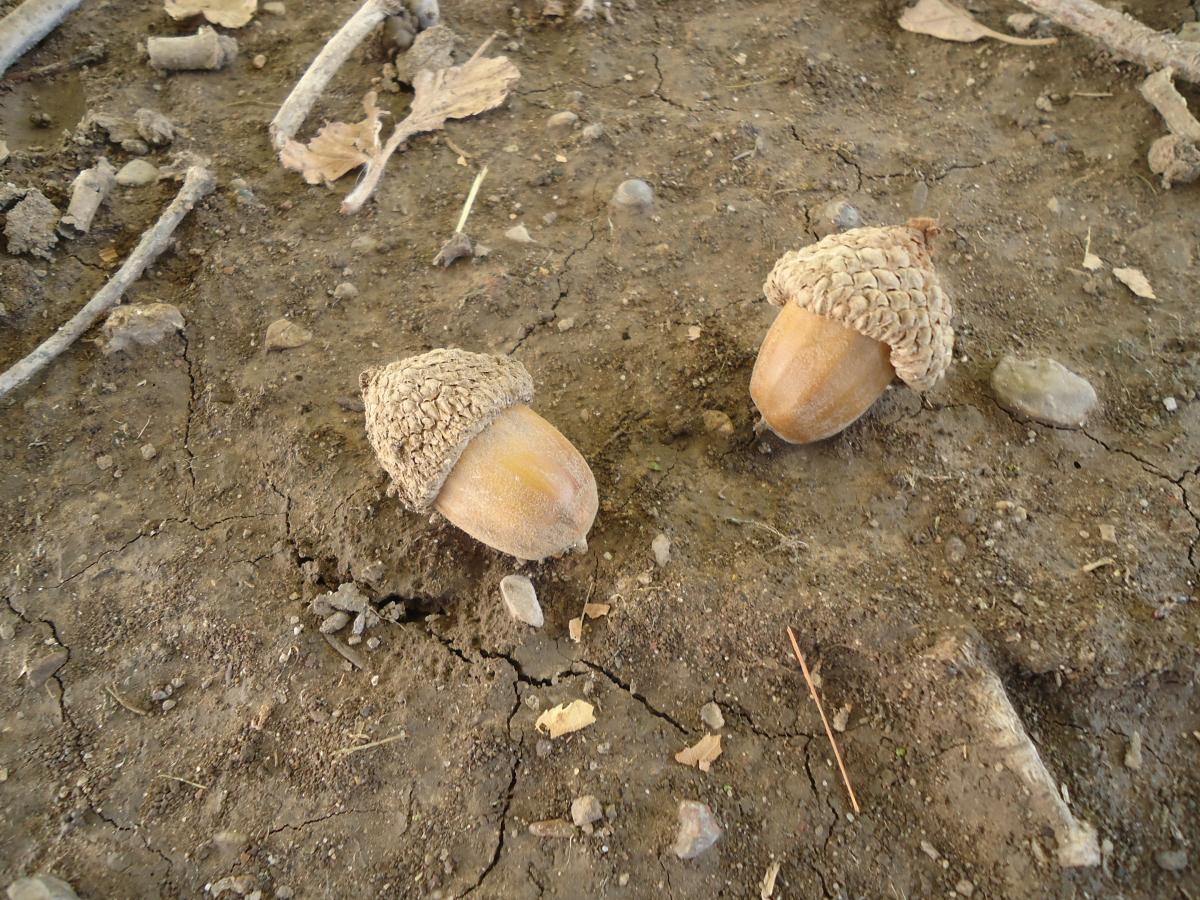
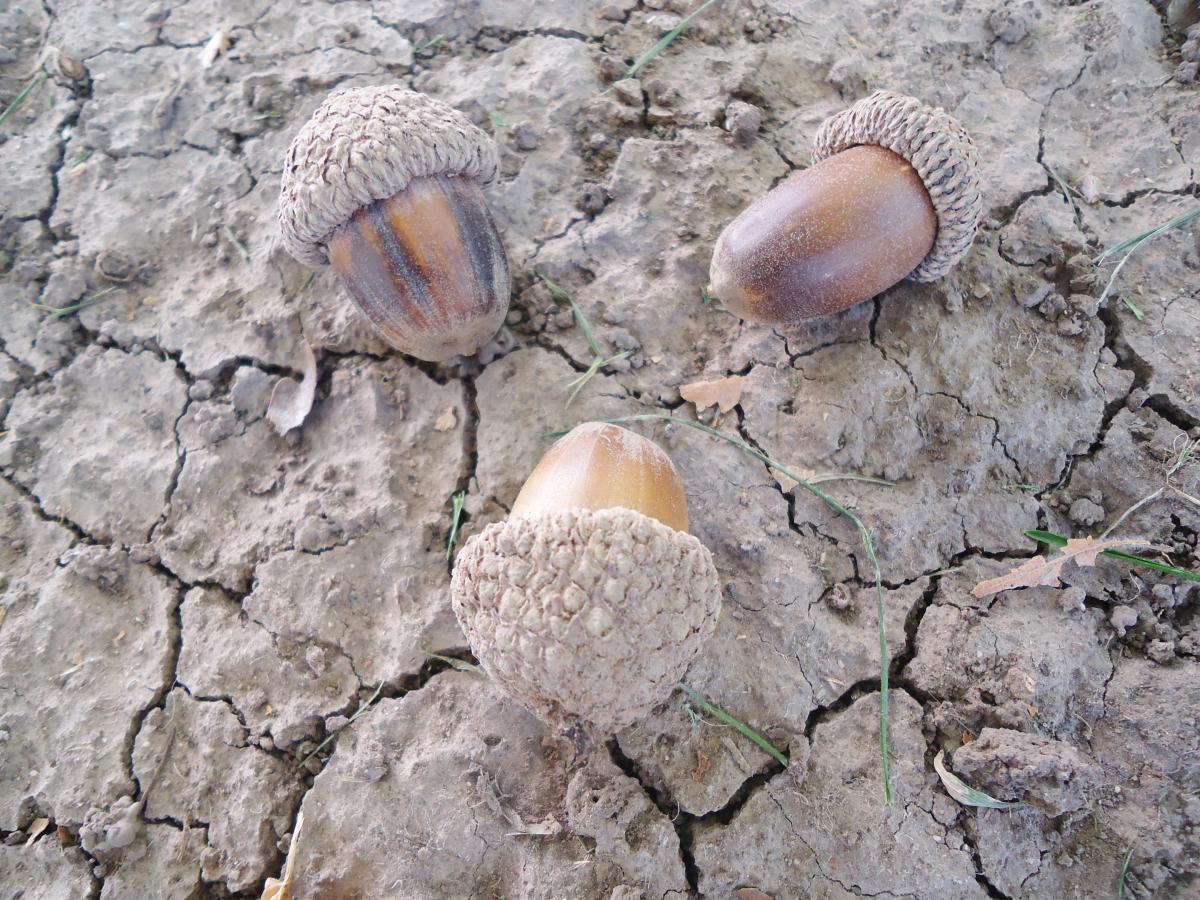
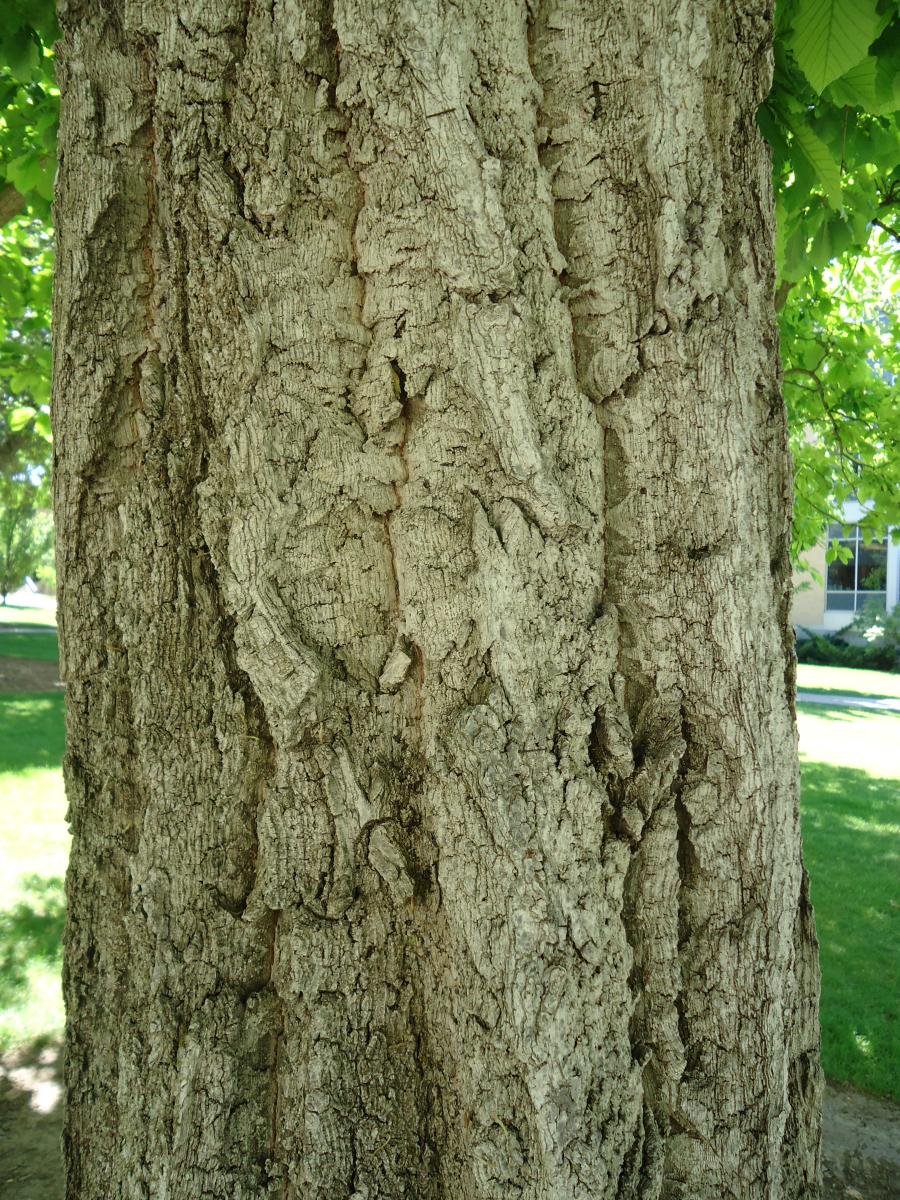
Quercus mongolica
Leaves: Deciduous. Oblong to oval shaped leaves with large, rounded teeth to shallowly lobed. Leaves are not truly lobed, but have a wavy leaf edge with large blunt teeth. They are dark green above, paler below and 4 to 8 inches long by 2 to 3 inches wide. Rosey-red to bronzy-brown leaf color in the fall. Leaves are often retained into early or mid-winter.
Bark/Twigs: Dark gray bark is thick and furrowed, with rough, deep ridges.
Flowers/Fruit: Inconspicuous flowers as catkins. Male are yellow-green, female are reddish. Acorn is brown and about ¾ inch long in a fringed, warty acorn cap.
Mature size and shape: Medium to large. 25 to 45 feet high x 25 to 35 feet wide. Open form, somewhat irregular crown.
General information/special features: Plant in full sun, but is shade tolerant. Grows best in fertile, rich soil, but does well in a wide variety of soils. Drought tolerant, but prefers moist well-drained soil. Deep root system. Sensitive to root compaction.
Landscape use and maintenance: Unique shade tree. Slow growing rate. Average maintenance. Sensitive to construction and transplanting injury. No serious insect or disease problems.
USDA Hardiness Zone: 3 to 8
Family/Origin: Fagaceae - Beech and Oak. It is native to forested areas in Japan, China, Korea, Mongolia and Russia (Siberia).
Campus Use: Rare. Only specimen. The tree south of the Park Building (Bld 1) is on the Utah Big Tree Registry.
